
The Incans have been defeated, long live the Incans!
Peru has a rich history of ancient civilizations and colonization. It’s very interesting, very sad and full of wonder!
NERD ALERT: This post is going to boring unless you like a history lessen. I won’t be offended if you skip it, but I really enjoyed learning about it so I’m documenting it with words, and photos. Also, if anything is wrong or otherwise misinformed, you can blame the various tour guides we experienced. Now, read on, if you dare. #TLDR
I have always been fascinated with history and architecture and I have learned so much on this trip about how the Incans pre-Incan civilizations truly figured out how to thrive in this part of the world. That’s right, I went there. While the Incan building style is instantly recognizable, they simply refined and built on the knowledge (and the physical location) of the past to establish a (mostly) unforgettable regime.
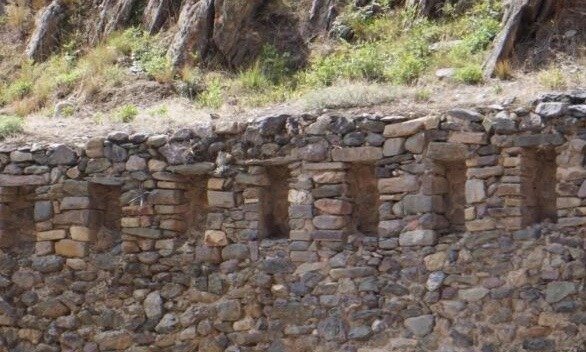


The most fascinating thing (to me) is that everything is named in the language of the pre-Incan people and their descendants, Quechua. For example, Machu Picchu means Old Mountain. and the hike that nearly killed us is call Huyana Picchu, which means Young Mountain. There are very few things that are actually in the language of the Inca’s (maybe). Anything that has a name with no meaning is thought to be Incan. But there’s no lexicon, no one speaks it, and no records. Everything we “know” about any of the Incan sites is perceived based on archeology. The Spanish arrived in the 1500s and once they realized the resources this part of the world had to offer, they colonized the land and it’s people. All of the religious sites of the Inca were destroyed and churches or other such structures were erected on top, the language was lost, and villages were relocated from the highest mineral rich areas to areas that were previously used for farming.


Another interesting fact about the Incas is that they were great at keeping secrets! Revealed secrets were punishable by death! So much so that Machu Picchu was only “discovered” in 1911 (officially) – 1902 unofficially. It’s said that Machu Picchu (MP) was meant to be retreat for the Incan King, but it’s likely that he never saw it finished. In fact, much of the Incan sites we saw were mid-construction.


Of the sites we visited I would say MP and Ollantaytambo were the most impressive. But before we talk about those two sites, we need to talk about Incan construction style generally.
Trapezoids. Incans love trapezoids. Their windows are trapezoidal, as are their doors. All walls point inwards such that the floor square footage is greater than the ceiling square footage. This wasn’t entirely an ascetic preference, it was to prevent damage from earthquakes. It’s been hundreds of years and the majority of structures are well preserved as a result. Another aspect of this is that when stacking stones the top of the bottom stone would have a concave indentation and the bottom of the top stone would have a convex protrusion so that they would fit together like a puzzle. S-M-R-T.

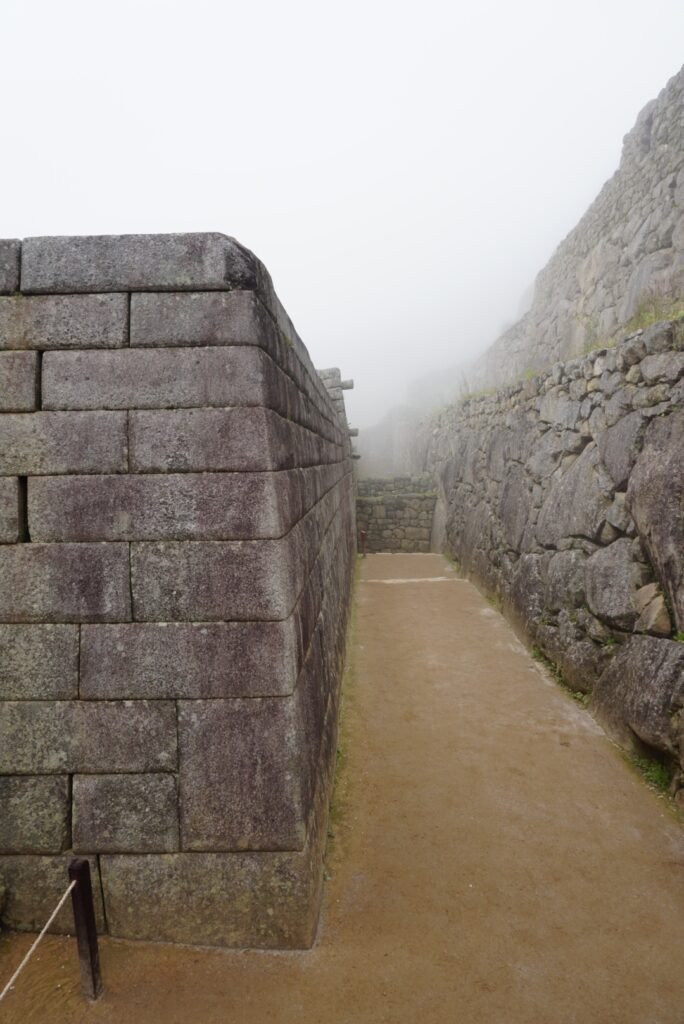

Also, the higher up you are on the Incan org chart, the more large, and smooth the stones used to build your house were. Just a clerk? You get rough small rocks. You’re the king? Your stones are the largest, likely imported from another mountain, and carved to perfection.




Incan’s are one with the natural world. There’s a natural rock formation that’s kinda arc-shaped? That’s going to be the temple of rainbows? There’s a part of that mountain that kinda looks like a face? Let’s go up there and carve a proper face there! They worship the natural elements, rain, the sun, the stars. An extension of this is that sometimes an extremely large natural stone is found and they build around it. Typically, the more important the place, the more likely a stone with many edges! MP has a stone with the most edges currently known in the Incan world with 36 edges. That means that it is adjacent to 35 other stones + the ground it sits on. Lastly on this point, they figured out that every year on the solstices, the sun would be in the same spot and aligned their sun and moon gates of most temples to align with that position (Sun Gates to align the sun of the Summer Solstice, and Moon Gates to align to the sun of the Winter Solstice). Impressive!





Lastly, Incan’s LOVE symbolism. Full stop. Particularly, the Puma represents this world, the Snake represents the underworld, and the Condor represents the world above. Any time they want to communicate with one of these plains, they use the appropriate symbol.

Now onto those two sites I mentioned, firstly, Ollantaytambo, and some history. Cusco was the capital city of the Incan Empire. There were four roads to Cusco each leading to a different province. Each of these four roads would have a Tambo and then many KM later have a mini-Tambo, then a Tambo, then a mini-Tambo, etc. The Tambos were fortifications for military protection and areas for rest and resupply on the journey to Cusco. The Incans were the ruling class of the pre-Incan civilizations and always saw those they ruled as lesser than. Ollantay was one of the pre-Incans. He rose the ranks and eventually became one of the Incan Kings’ most trusted military generals. He earned much privilege as a result. He had fallen in love and had impregnated the Incan princess. His privilege was not, however, enough to win the Kings favour and became his enemy. Ollantay took up a military position in one of the closest Tambos to Cusco, and from that position waged war on the King. And thus Ollantaytambo was born.





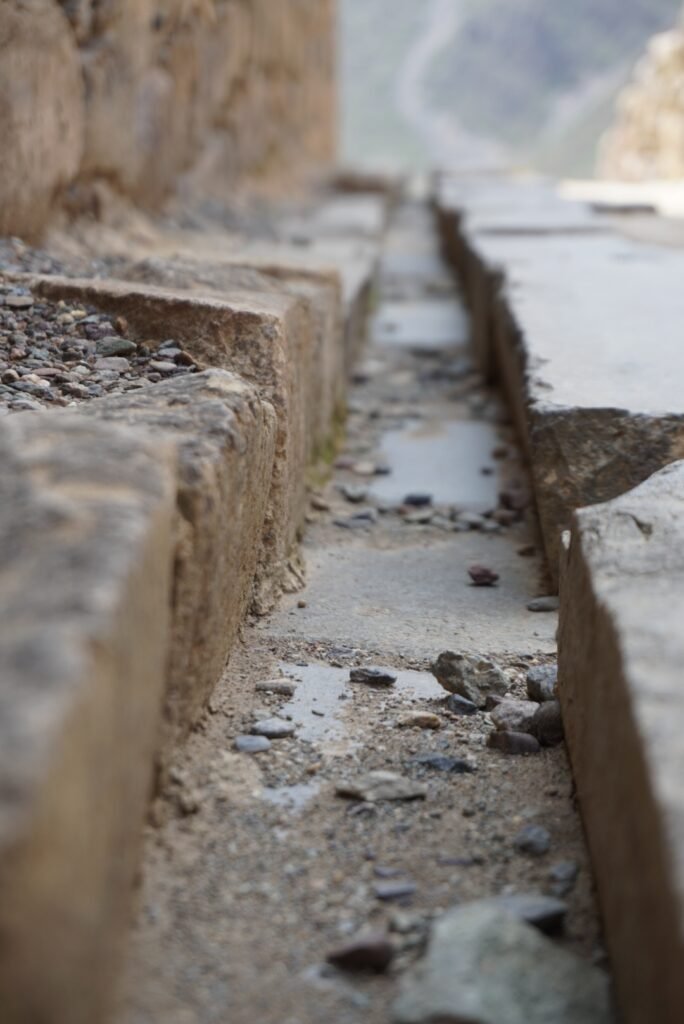


And now about the “main attraction”, Machu Picchu (MP). It truly was everything I hoped for and more. The physical size and scale of it alone was extremely impressive – never mind the fact that it’s at the top of a #@%#$ mountain! #howdtheydothat MP was to be a retreat for the King, likely one that he never saw. There is an area for the lesser servants, the middle class, congregation points, all of the temples that you’d expect (Moon, Sun, Condor, etc), and even some first class accommodations with it’s own bathroom complete with shelves for ash to cover up No. 2’s and an aqueduct for No. 1’s.




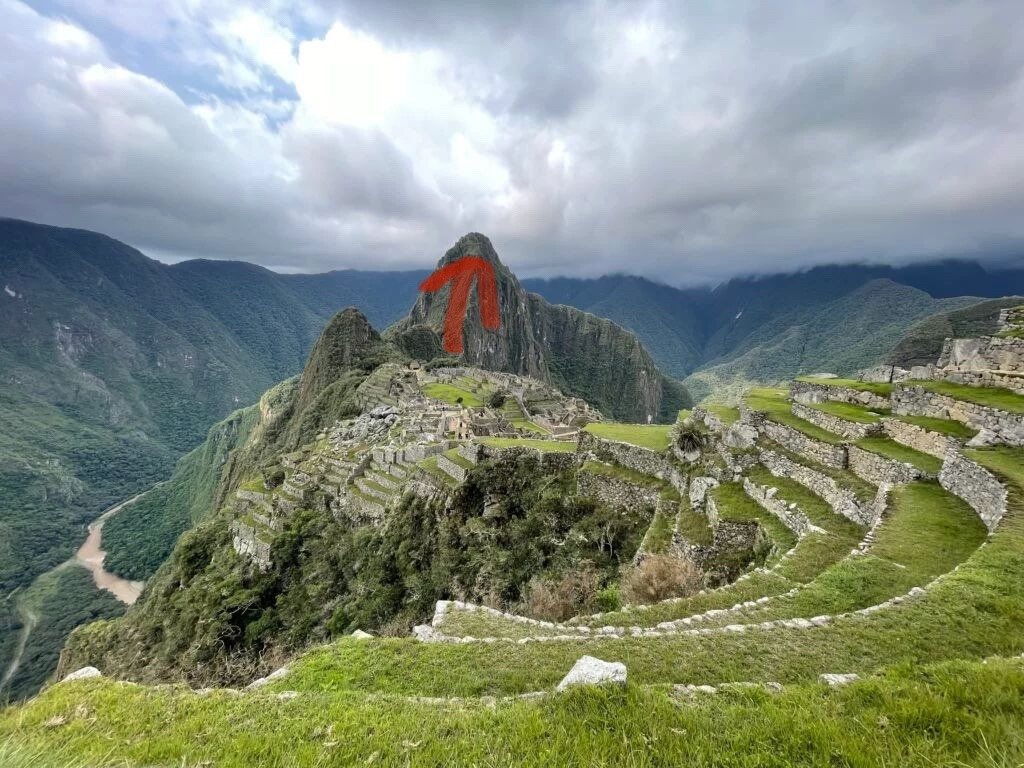


I mentioned that hike with the “Stairs of death” called Hyuana Picchu (Young Mountain). It was a way to connect with the upper world – the top had a structure or two, and some extremely steep terraces that were used for support and not for farming (because it would not be a practical place to grow anything!). You be the judge.








If you’ve made it this far, I’m almost just as impressed with you as I am with the Incans! I hope that you enjoyed reading & learning about all this stuff as much as I enjoyed learning about it and writing about it!
My next blog post will be more typical in terms of funny photos and captions 🙂


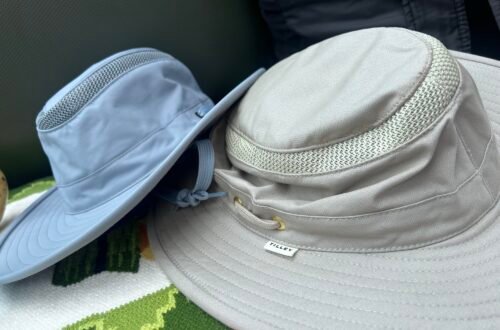


One Comment
Andrew
Very cool to learn the history with the accompanying photos for reference, thank you for sharing!